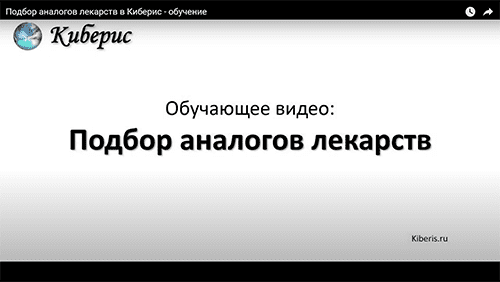P11.1 Other specified brain damage due to birth injury - analogs
| Description «P11.1 Other specified brain damage due to birth injury» | ||||||
|
||||||
Начиная работу с сервисом, вы принимаете соглашение пользователя. Kiberis do not replace the doctor!
- 30% Compare P10-P15 Birth trauma
- 30% Compare P10.0 Subdural haemorrhage due to birth injury
- 30% Compare P15.9 Birth injury, unspecified
- 30% Compare P13 Birth injury to skeleton
- 30% Compare P14 Birth injury to peripheral nervous system
- 30% Compare P11.2 Unspecified brain damage due to birth injury
- 23% Compare P10.4 Tentorial tear due to birth injury
- 23% Compare P10.3 Subarachnoid haemorrhage due to birth injury
- 18% Compare P14.1 Klumpke's paralysis due to birth injury
- 15% Compare P10.1 Cerebral haemorrhage due to birth injury
- 13% Compare P10.2 Intraventricular haemorrhage due to birth injury
- 11% Compare P10 Intracranial laceration and haemorrhage due to birth injury
- 10% Compare S00.7 Multiple superficial injuries of head
- 10% Compare S30 Superficial injury of abdomen, lower back and pelvis
- 10% Compare S80-S89 Knee and shin injuries
- 10% Compare S06.3 Focal brain injury
- 10% Compare S28 Crushing injury of thorax and traumatic amputation of part of thorax
- 10% Compare S39 Other and unspecified injuries of abdomen, lower back and pelvis
- 10% Compare O99.8 Other specified diseases and conditions complicating pregnancy, childbirth and the puerperium
- 10% Compare S42.0 Fracture of clavicle
- 10% Compare S20.7 Multiple superficial injuries of thorax
- 10% Compare S32.3 Fracture of Ilium
- 10% Compare S32.4 Fracture of acetabulum
- 10% Compare S24.1 Other and unspecified injuries of thoracic spinal cord
- 10% Compare S30.8 Other superficial injuries of abdomen, lower back and pelvis
- 10% Compare S45 Injury of blood vessels at shoulder and upper arm level
- 10% Compare S32.5 Fracture of pubis
- 10% Compare S02.6 Fracture of mandible
- 10% Compare S22.3 Fracture of rib
- 10% Compare S85 Injury of blood vessels at lower leg level
- 10% Compare S75 Injury of blood vessels at hip and thigh level
- 10% Compare S52 Fracture of forearm
- 10% Compare S88 Traumatic amputation of lower leg
- 10% Compare S78 Traumatic amputation of hip and thigh
- 10% Compare O75.1 Shock during or following labour and delivery
- 10% Compare S06.9 Intracranial injury, unspecified
- 10% Compare S06.8 Other intracranial injuries
- 10% Compare S42.1 Fracture of scapula
- 10% Compare S62 Fracture at wrist and hand level
- 10% Compare S52.1 Fracture of upper end of radius
- 10% Compare T93 Sequelae of injuries of lower limb
- 10% Compare S06 Intracranial injury
- 10% Compare S06.2 Diffuse brain injury
- 10% Compare S52.3 Fracture of shaft of radius
- 10% Compare S05.8 Other injuries of eye and orbit
- 10% Compare S06.6 Traumatic subarachnoid haemorrhage
- 10% Compare S05 Injury of eye and orbit
- 10% Compare O87.2 Haemorrhoids in the puerperium
- 10% Compare S22.2 Fracture of sternum
- 10% Compare S86.0 Injury of achilles tendon
Learn more about the selection of analogues
- Medical online service designed to help in differential diagnostics.
- Find similar diseases for a diagnosis that causes irritation.
- If you are a professional, then the help of artificial intelligence will help in the express diagnostics.
The advantage of Kiberis is its versatility, thanks to which it is able to select analogues for anything, including for diseases and diagnoses. Artificial intelligence analyzes descriptions of diseases, clinical recommendations for their treatment, real statistics on making diagnoses and displays the most similar diseases with a degree of similarity in percent.
